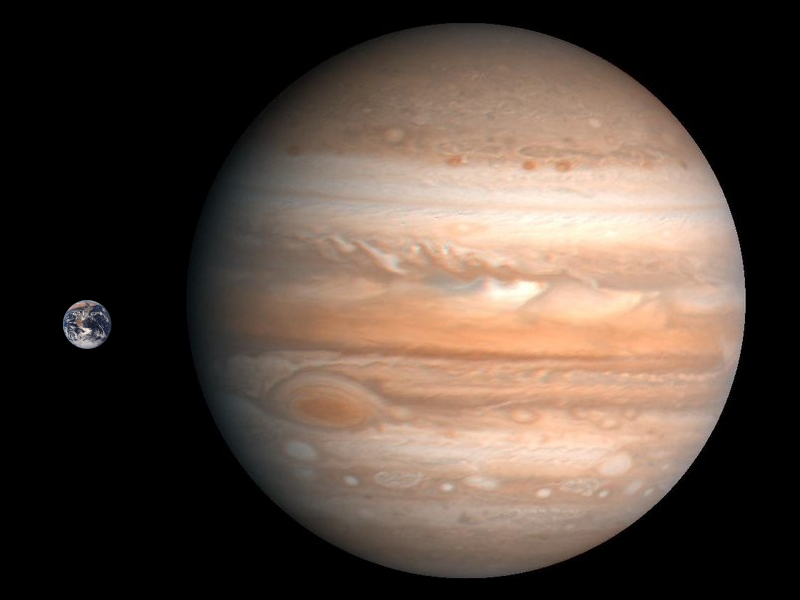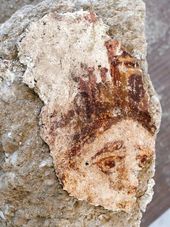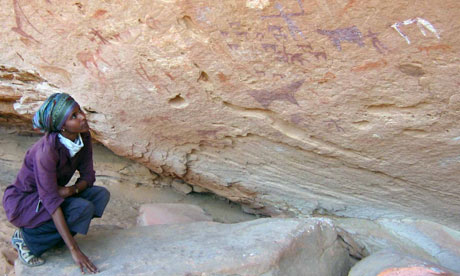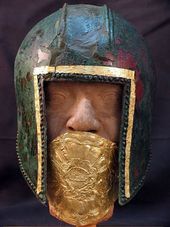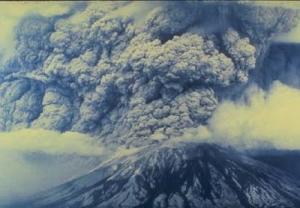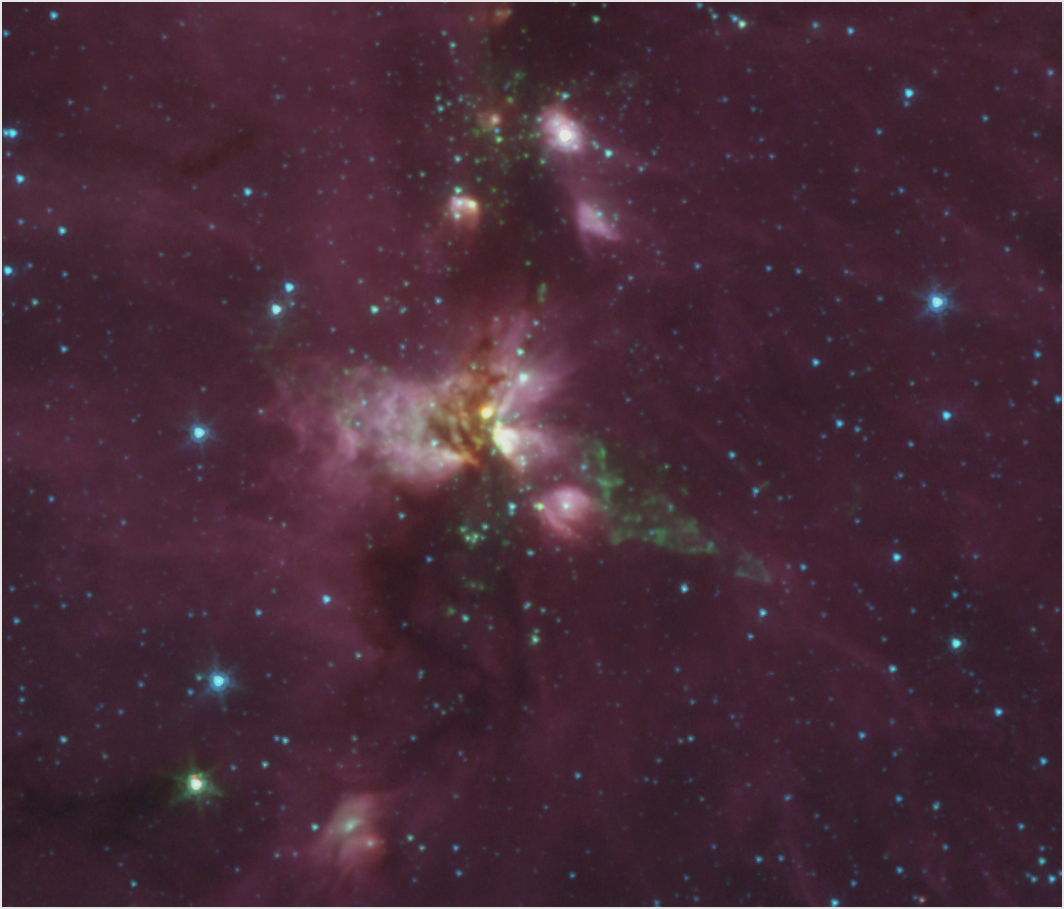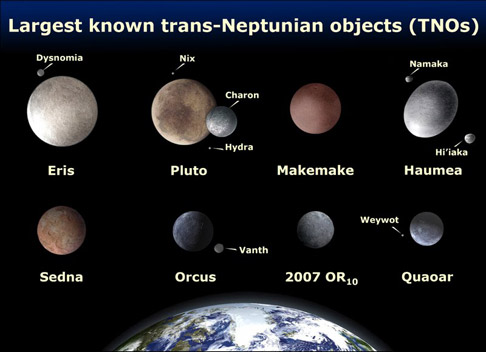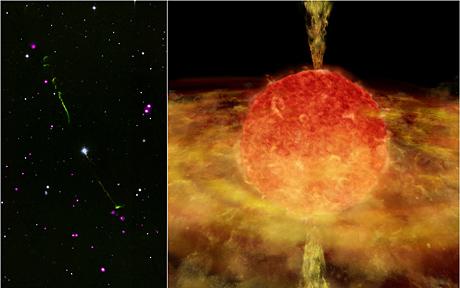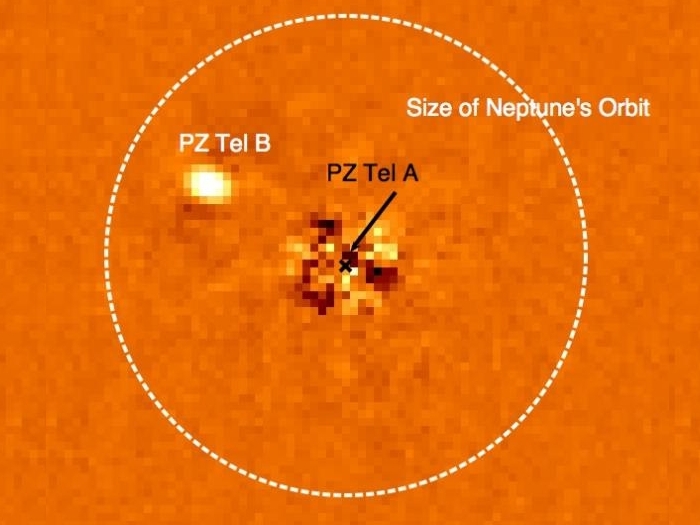
The newly imaged brown dwarf is among the youngest stars ever seen. It is located in a tight orbit around a nearby sun-like star, which is huge, with mass about 36 times larger than Jupiter's (which is the largest planet in our solar system). The brown dwarf is dubbed PZ Tel A and its star-like neighbor is dubbed PZ Tel B. The distance between these stellar objects was measured at 18 Astronomical Units (AU), which is extremely close in comparison to the average 50 AUs. Furthermore, in just the past year the researchers observed PZ Tel B moving quickly outward from its parent star; usually, in such a short span of time stars are much more passive.
Brown dwarves are sub-stellar objects, and unlike most stars they do not maintain hydrogen-burning nuclear fusion reactions in their cores (due to smaller mass). They have fully convective surfaces and interiors, with no chemical differentiation by depth.
